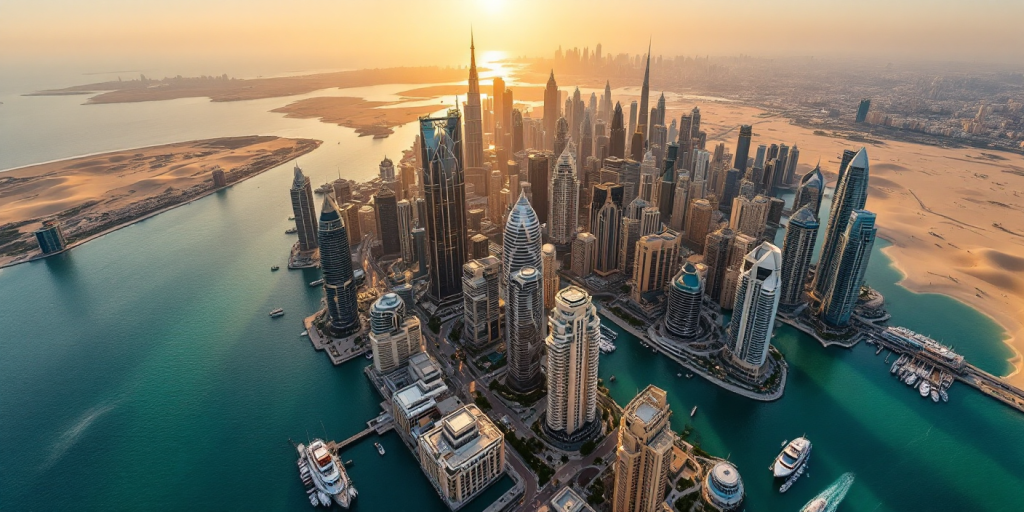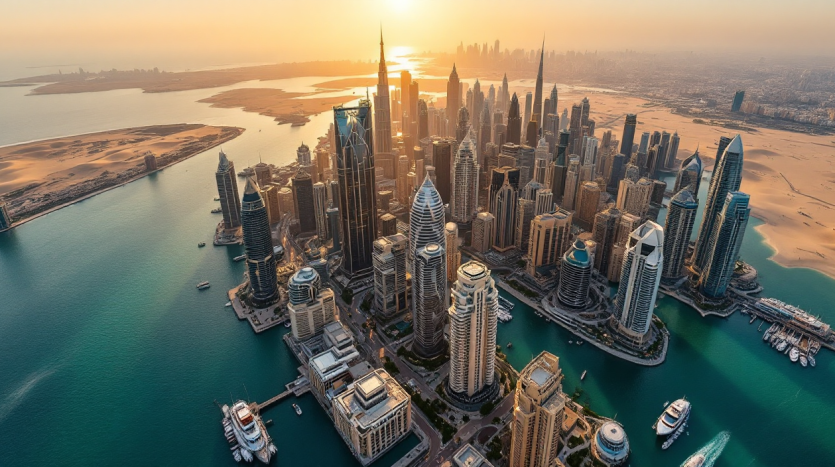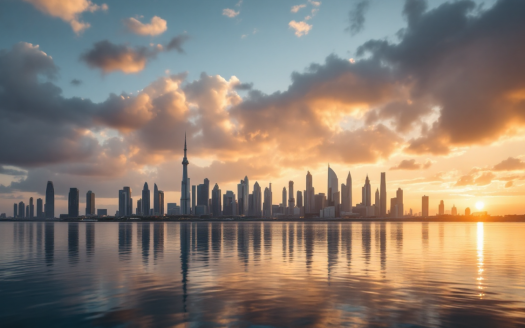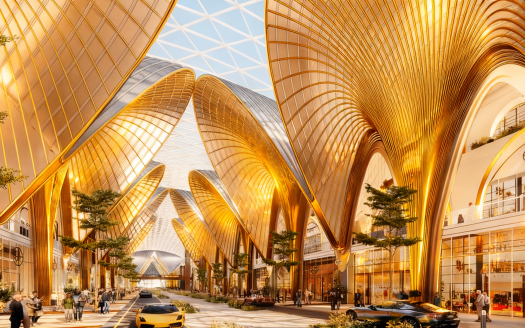
Dubai’s Real Estate Is Oversupplied
“There are too many properties and not enough buyers – the market is oversupplied.”
It’s a statement rooted in past cycles. In 2025, the picture looks very different.
 Demand Is Real and Growing
Demand Is Real and Growing
The first quarter of 2025 opened with momentum. According to the Q1 2025 market report by Betterhomes, Dubai saw robust demand, rising transaction volumes, and strong performance across both off-plan and ready segments.
Further data from Deloitte confirms the trend: residential prices in 2024 rose by approximately 20 %, rentals by 19 %, and the population gained around 5 % year-on-year—all indicators of a market driven by fundamentals.
And while the supply pipeline is often cited as a red flag, the details tell another story. For example, Morgan’s International Realty estimates that only about 62% of the projected 2025 residential supply will actually be delivered.
This gap between pipeline commitments and actual handovers means that “oversupply” in the sense of completed inventory flooding the market is far less of an issue than many assume.
Supply Isn’t Flooding — It’s Being Managed
If the market were genuinely oversupplied, we would expect softening prices, sliding rents or runaway discounting.
Instead, we’re seeing managed supply, selective launches, and absorption that keeps pace with demand.
Take this: According to Fitch Ratings, while supply remains elevated, the risk of price falls is moderate and concentrated in specific segments. Developers now face tighter regulations, escrow-account structures and delivery discipline — factors that reduce the risk of excessive inventory hitting the market.
In short: the narrative of “too many buildings” misses the nuance of what’s actually being delivered, where, and when.
 Structural Drivers: Migration, Investment, Long-Term Living
Structural Drivers: Migration, Investment, Long-Term Living
The change in Dubai’s real estate market is not just about numbers—it’s about who is buying, why and how.
Investment inflows, resident-buyer growth and lifestyle demand are all rising. For example, one analysis notes that Dubai’s residential supply will rise toward 1 million units by 2026, yet demand is expected to keep pace because of population growth and policy support.
Meanwhile, strong investor confidence is being reinforced by transparent regulations, brand-name developers, and a globalised buyer base. According to a William Blair thought-leadership piece, Dubai’s recent cycle is structurally different — more stable and less speculative.
 What This Means for Investors and Developers
What This Means for Investors and Developers
For investors: The focus has shifted. It’s less about “buy anything because supply is everywhere” and more about location, timing, credibility and long-term demand.
For developers and brokers: Success is now about execution, credibility and alignment with what actual buyers want—rather than just driving volume.
For the market narrative: Holding onto “oversupply” as a framing is increasingly misleading. Yes, supply pipelines are large—but absorption, delivery discipline and demographic tailwinds suggest a different reality: one of balance not excess.
Bottom Line
Dubai’s real estate market in 2025 isn’t about surplus inventory flooding the market—it’s about managed growth, absorbed supply, and evolving demand.
Oversupply is not the default story anymore. For anyone looking to understand what’s really happening, the narrative has changed—and so should your lens.
Sources
- https://www.khaleejtimes.com/business/property/dubai-property-market-will-not-see-oversupply-over-the-next-4-5-years-due-to-high-demand Khaleej Times
- https://www.khaleejtimes.com/business/dubais-off-plan-property-market-surges-amid-record-sales-and-new-launches Khaleej Times
- https://www.arabianbusiness.com/resources/dubai-real-estate-outperform-markets






